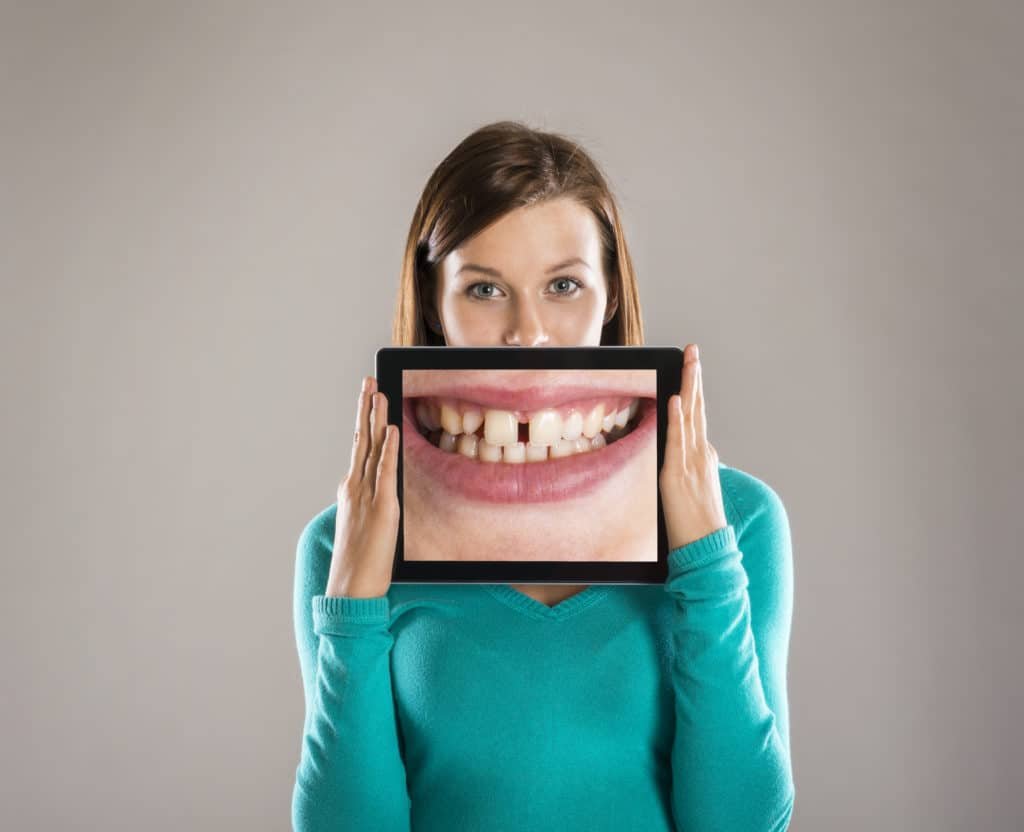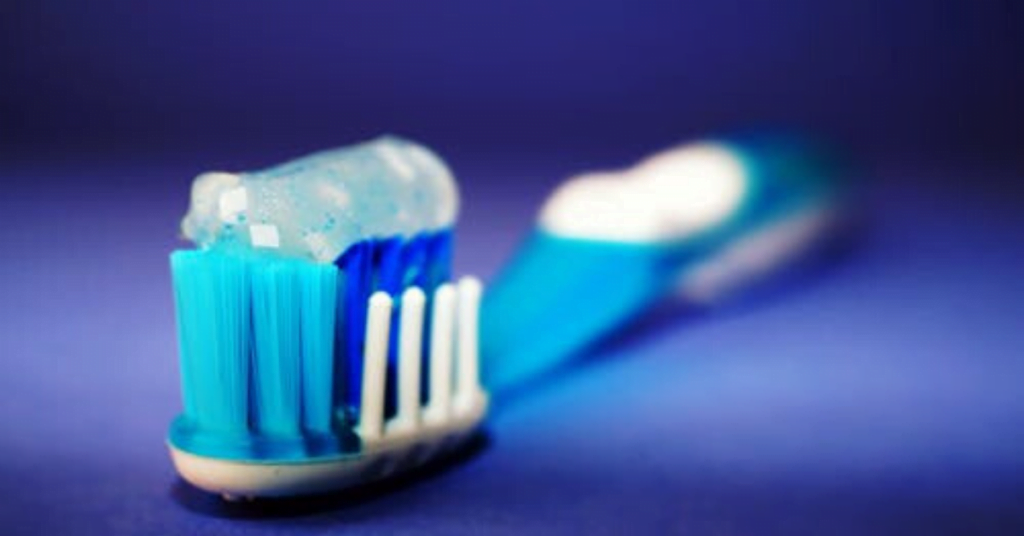A bright, radiant smile is one of the first things people notice, and teeth whitening can be a game-changer in enhancing your appearance. However, understanding the process, options, and precautions is essential before you begin. Here are five key facts to guide you in achieving a healthier, whiter smile.
1. Why Teeth Change Color
Several factors can cause teeth discoloration:
- Dietary Habits: Frequent consumption of coffee, tea, red wine, or dark-colored foods can gradually stain enamel.
- Tobacco Use: Smoking or chewing tobacco often results in yellow or brown stains.
- Aging: Natural wear of enamel exposes the yellow dentin beneath.
- Medications & Health Conditions: Certain antibiotics, antihistamines, or medical treatments like chemotherapy may cause discoloration.
Identifying the cause of staining helps you choose the most effective whitening method. Visiting the best dental clinic can help you determine the source of discoloration and the safest approach.
2. How Teeth Whitening Works
Teeth whitening uses chemical agents, typically hydrogen peroxide or carbamide peroxide, to break down stains on and beneath the tooth surface. This oxidation process lightens teeth, restoring a brighter appearance.
3. Whitening Options
There are several approaches, each with its benefits:
Professional Whitening:
Performed at a dental office, professional whitening uses stronger bleaching agents and may incorporate specialized lights or lasers. This method delivers noticeable results quickly while safeguarding your gums and enamel.
At-Home Whitening:
- Whitening Strips: Easy to use thin strips coated with bleaching gel; effective for surface stains but may miss uneven teeth.
- Whitening Trays: Custom-made trays provided by dentists ensure even coverage and better results than generic store-bought trays.
- Whitening Toothpaste & Rinses: Remove surface stains gradually but do not change the natural tooth color.
A dental laboratory can also provide customized trays or whitening solutions for at-home use, ensuring a safer and more efficient treatment.
4. Whitening Works Differently on Everyone
Results vary based on tooth color and condition:
- Yellow Teeth: Usually respond very well.
- Brown Teeth: Show moderate improvement.
- Gray, Blue, or Medication-Stained Teeth: May respond poorly.
- Dental Restorations: Crowns, veneers, and fillings will not whiten.
Consulting the best denture clinic or a professional dentist helps set realistic expectations and determine if whitening is suitable for your teeth.
5. Possible Side Effects
The most common side effect is temporary tooth sensitivity due to bleaching agents affecting the nerves. Overuse can also damage enamel or irritate gums. Always follow product instructions or seek professional supervision to ensure safety.
Tips for Maintaining Your White Smile
- Use whitening products in moderation.
- Maintain regular brushing and flossing.
- Limit consumption of stain-causing foods and drinks after whitening.
Final Thoughts
Teeth whitening, when done correctly, can dramatically enhance your smile and boost confidence. Whether you opt for professional treatments or at-home solutions, consulting the best dental clinic or dental laboratory ensures safe and effective results. For patients with dentures or restorations, the best denture clinic can guide suitable whitening methods, helping you achieve a brighter, healthier smile tailored to your needs.



